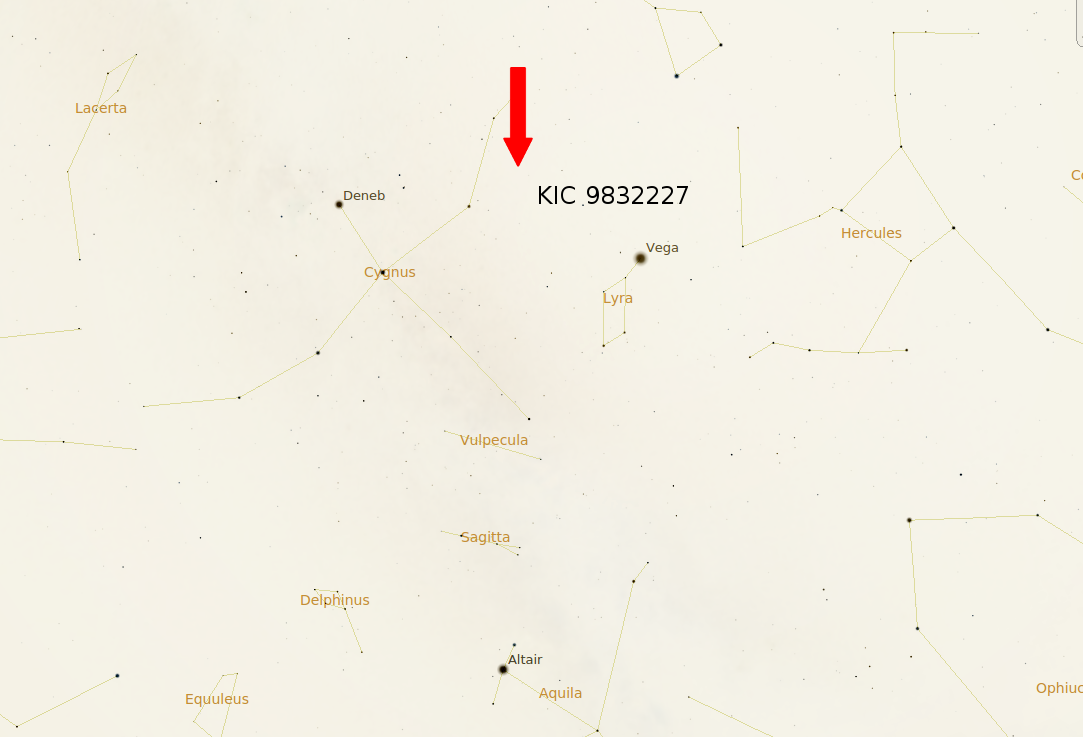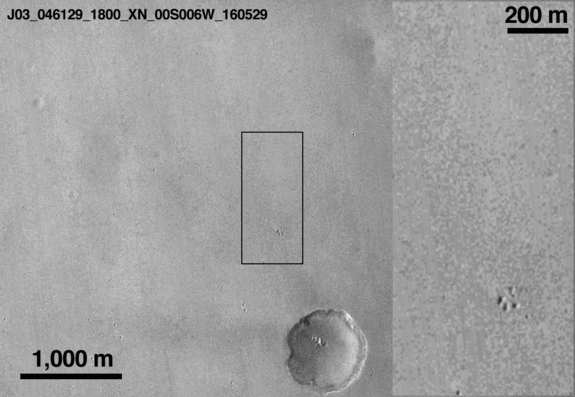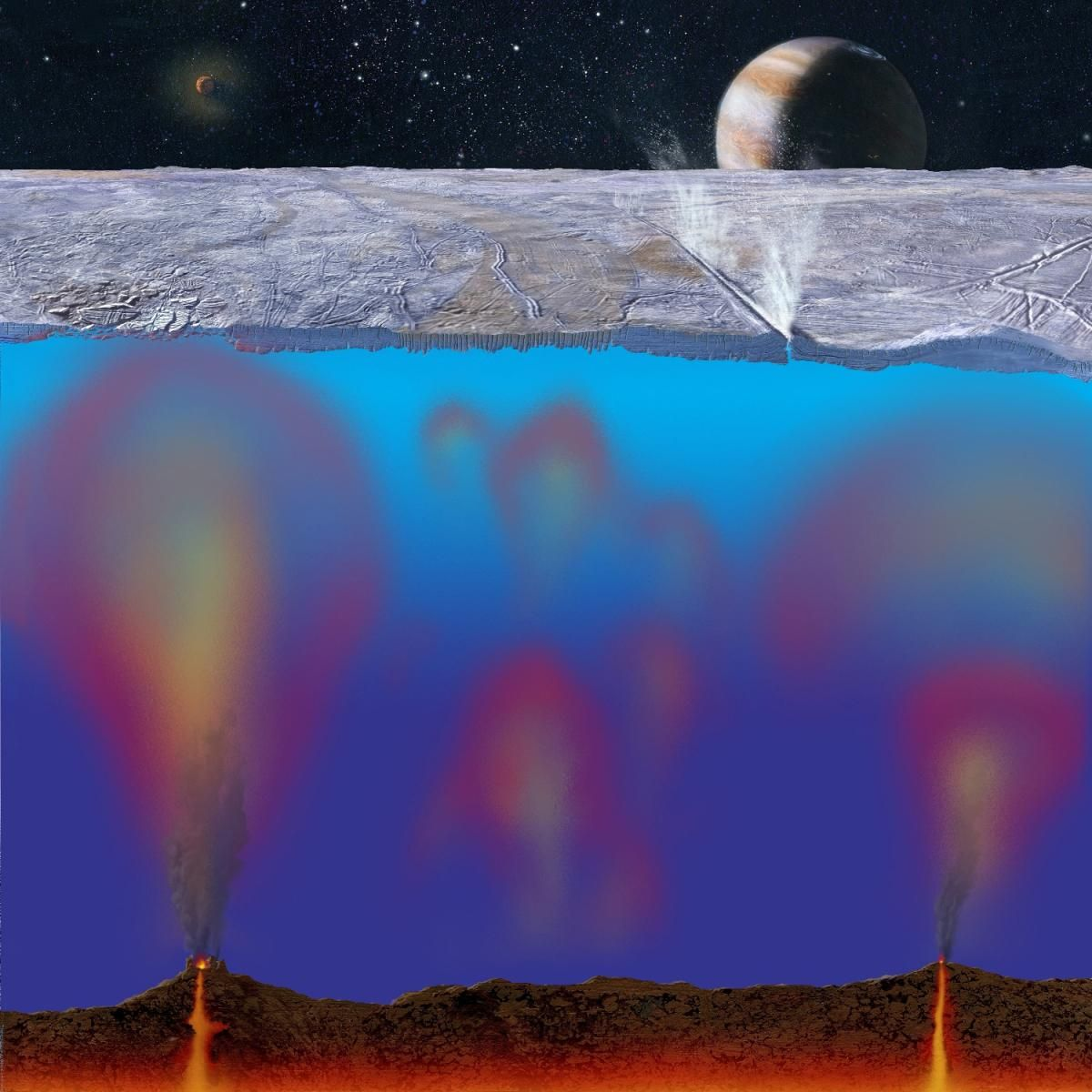Latest News
 January 16th2017
January 16th2017
Former astronaut Gene Cernan has died at the age of 82 following a long illness.
Gene Cernan was the commander of the Apollo 17 moon mission and the last man to walk on the moon - the first man on the moon,
Neil Armstrong, died in 2012.
Even at the age of 82, Gene was a passionate advocate of the continued human exploration of space and will be remembered for setting records that still stand for longest manned lunar landing flight, longest lunar surface extravehicular activities, largest lunar sample return, and longest time in lunar orbit.
 January 2017
January 2017
Astronomer professor Larry Molnar is predicting that a binary star (two stars orbiting each other) he is monitoring will merge and explode in 2022, give or take a year; at which time the star will increase its brightness ten thousand fold, becoming one of the brighter stars in the heavens for a time. The star (KIC 9832227) will be visible as part of the constellation Cygnus, and will add a star to the recognizable Northern Cross star pattern.
 November 2016
November 2016
Preliminary information on the crash of the Schiaparelli lander on Mars in October indicated that
erroneous sensor information generated an estimated altitude that was negative – that is, below ground level. This in turn successively triggered a premature release of the parachute and the backshell, a brief firing of the braking thrusters and finally activation of the on-ground systems as if Schiaparelli had already landed. In reality, the vehicle was still at an altitude of around 3.7 km.
New images taken by NASA’s Mars Reconnaissance Orbiter show parts of the ExoMars Schiaparelli module and its landing site on the Red Planet.
 September 2016
September 2016
Astronomers using NASA's Hubble Space Telescope have imaged what may be water vapor plumes erupting off the surface of Jupiter's moon Europa. This finding bolsters other Hubble observations suggesting the icy moon erupts with high altitude water vapor plumes.
The observation increases the possibility that missions to Europa may be able to sample Europa’s ocean without having to drill through miles of ice.
Europa’s ocean is considered to be one of the most promising places that could potentially harbor life in the solar system. These plumes, if they do indeed exist, may provide another way to sample Europa’s subsurface.
The plumes are estimated to rise about 125 miles (200 kilometers) before, presumably, raining material back down onto Europa's surface. Europa has a huge global ocean containing twice as much water as Earth’s oceans, but it is protected by a layer of extremely cold and hard ice of unknown thickness. The plumes provide a tantalizing opportunity to gather samples originating from under the surface without having to land or drill through the ice.
